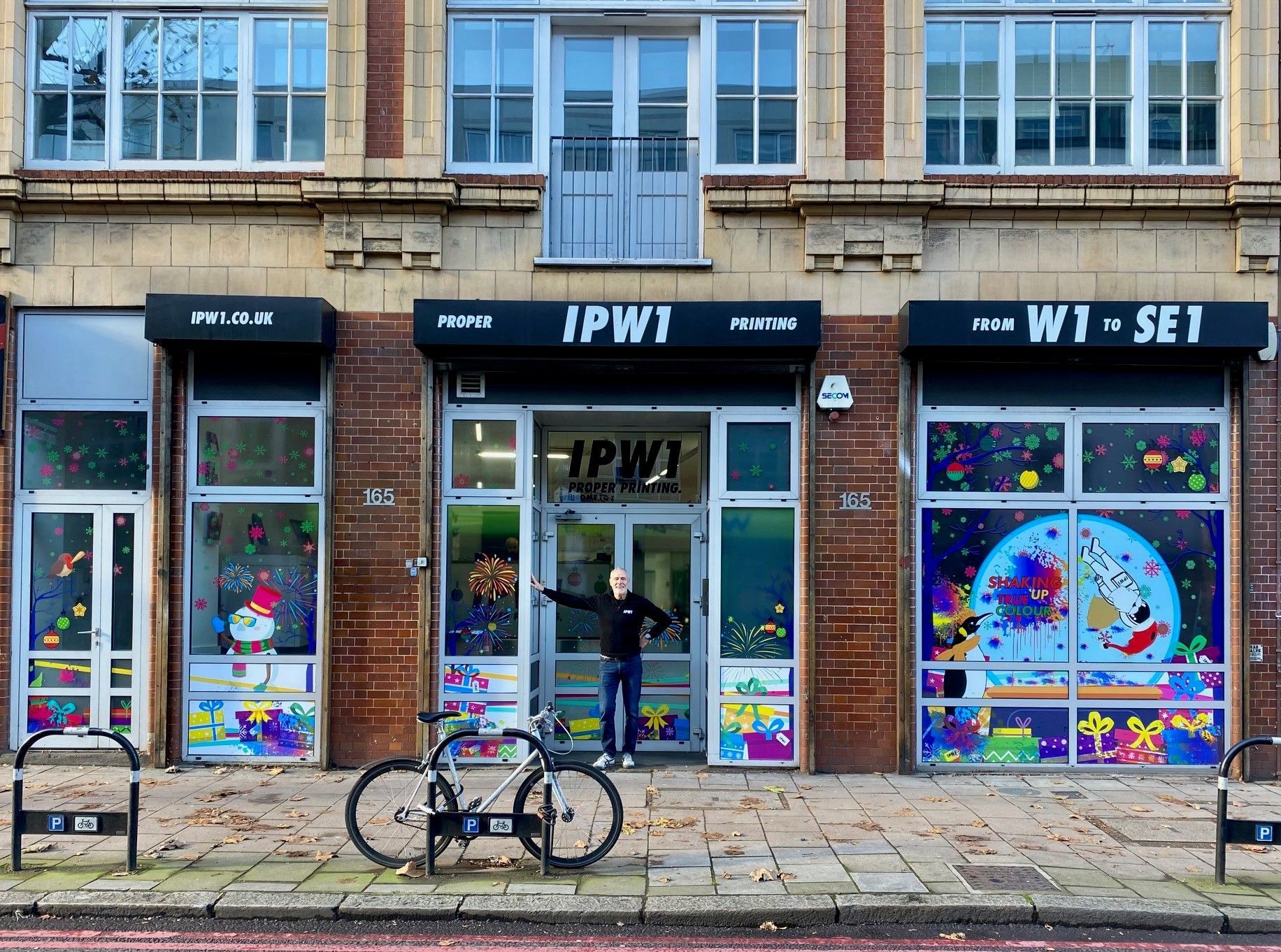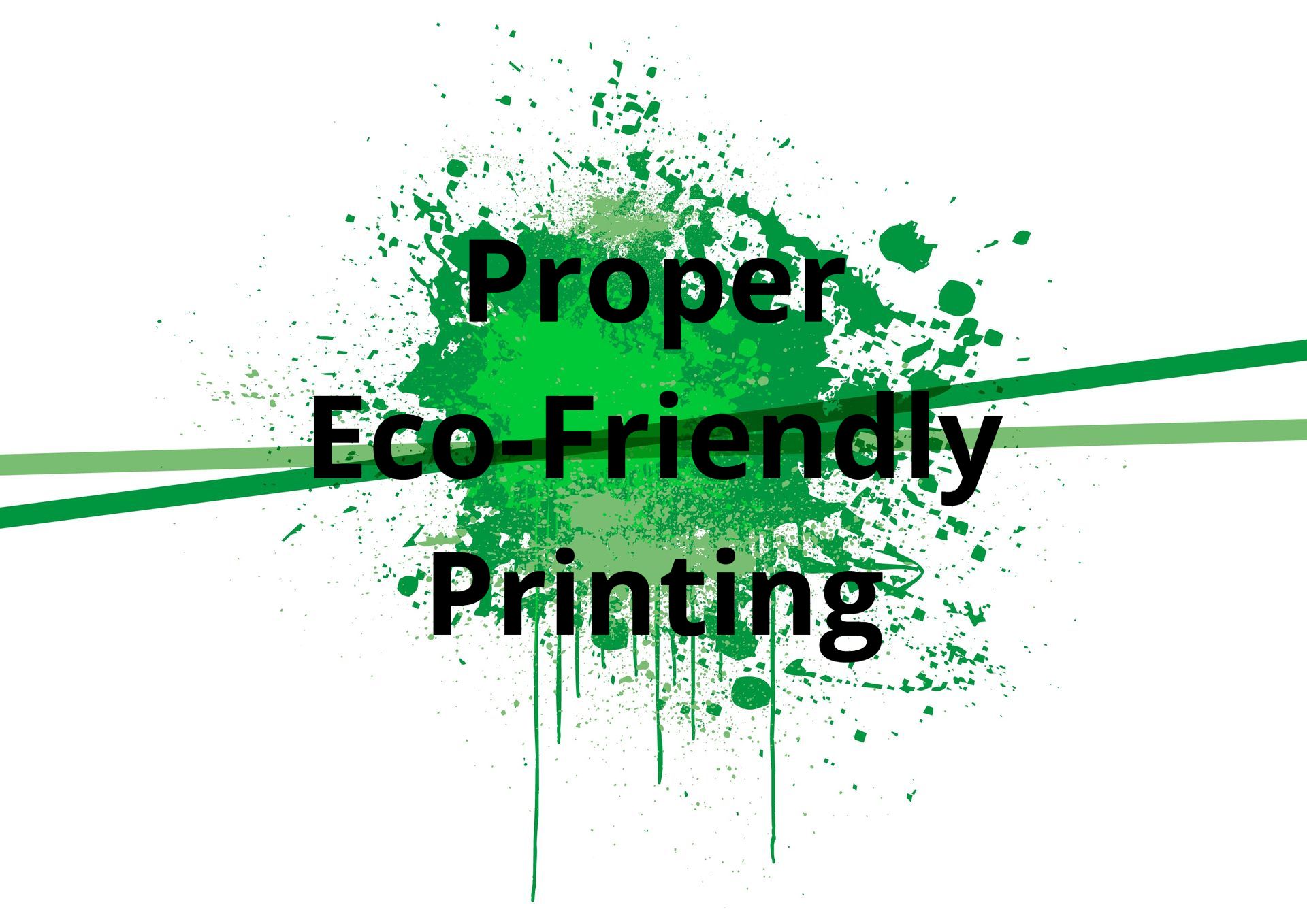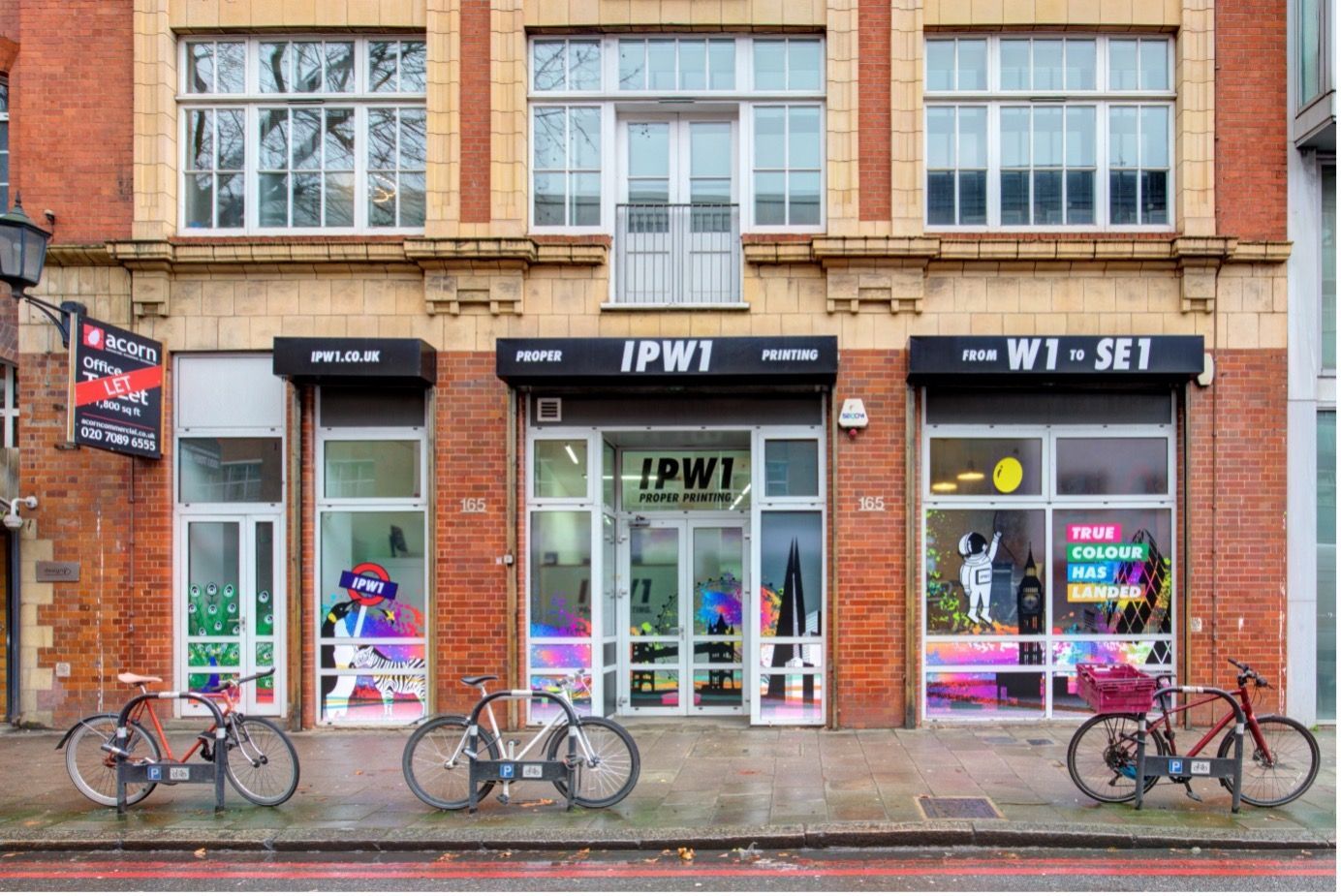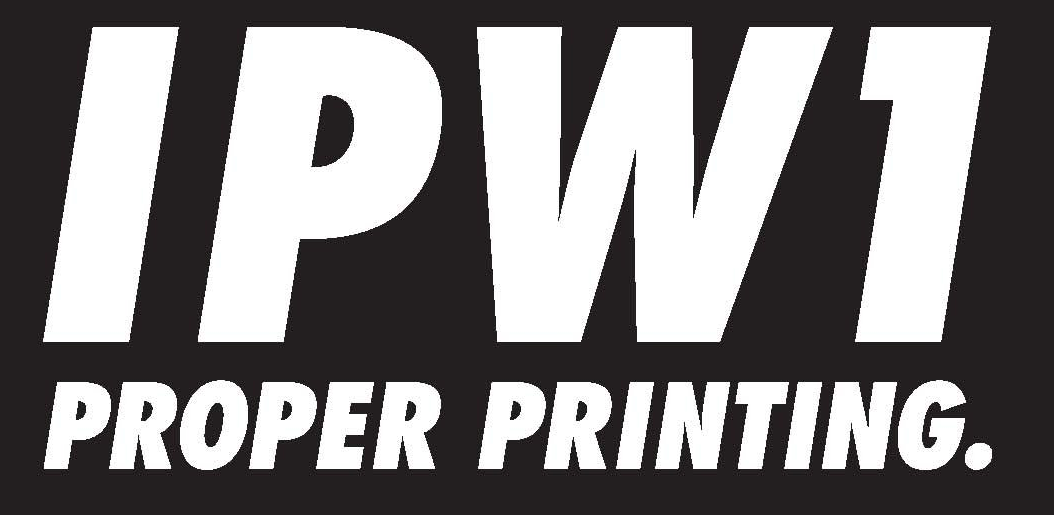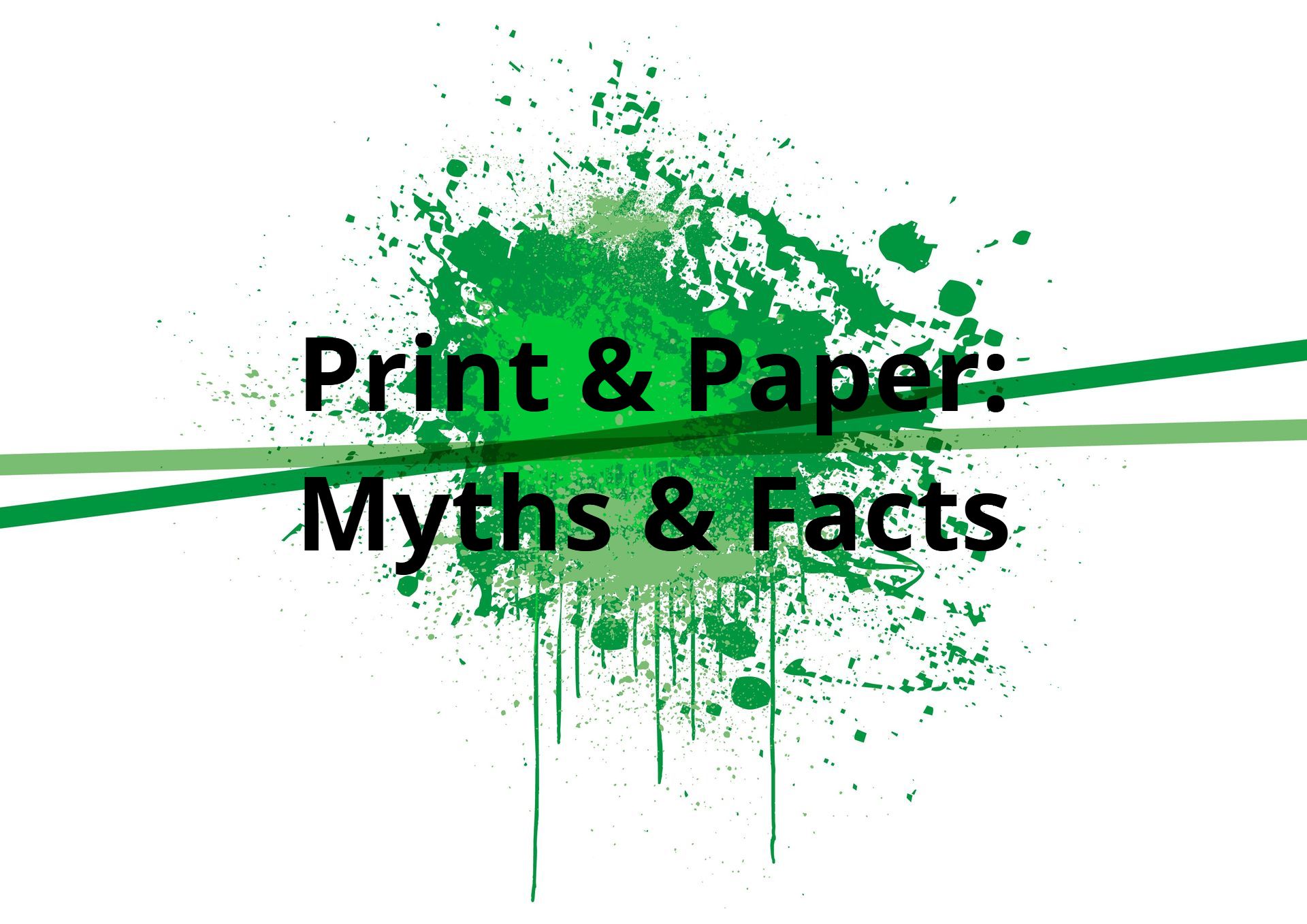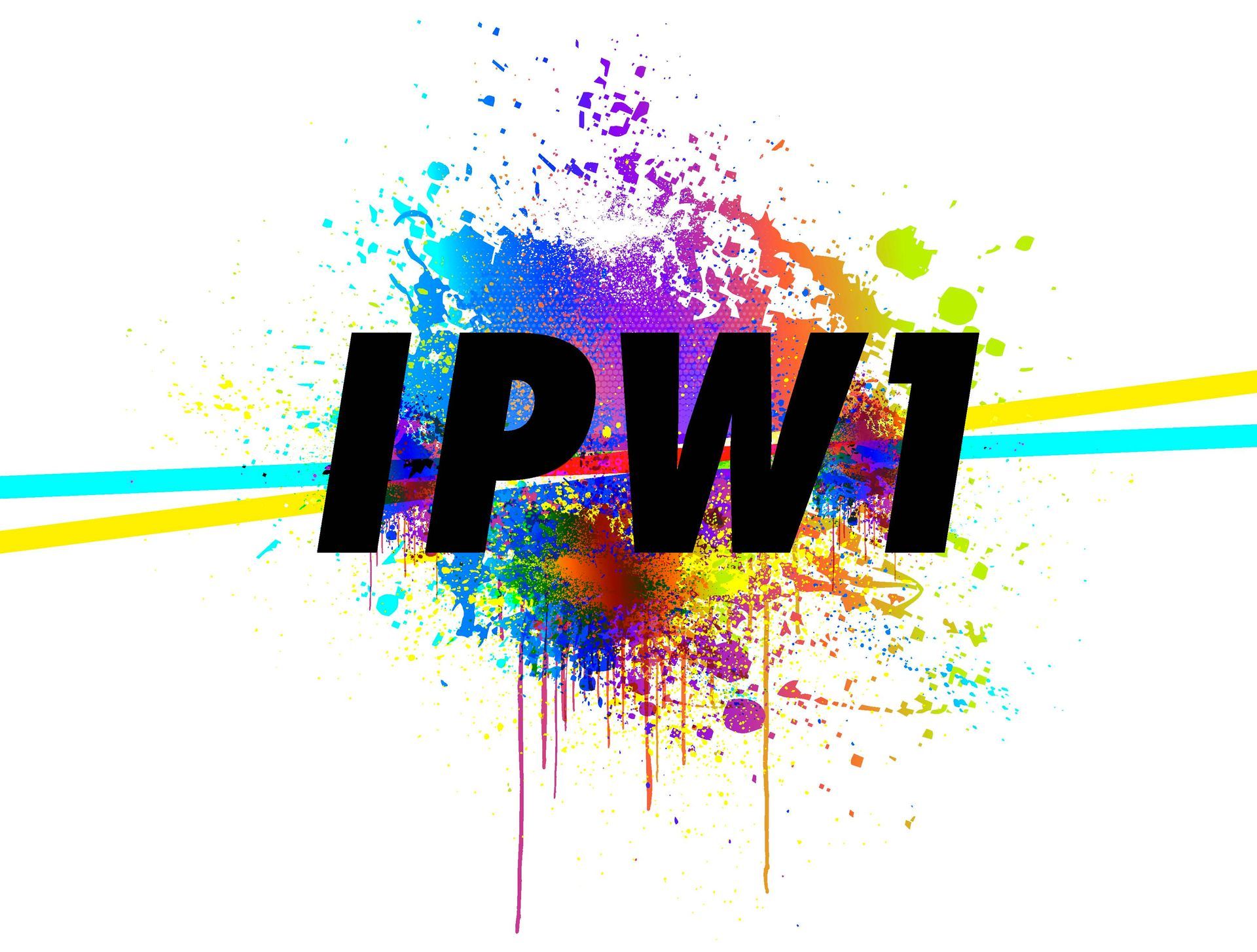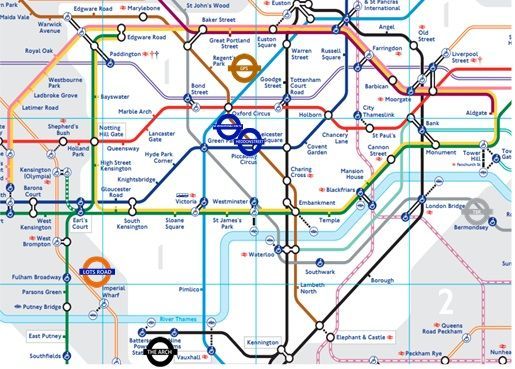It is no longer news that digitization has been the trend in the past few years. An era of digital transformation where fast-paced choices are made to save time, cost and energy, one of which includes digital printing.
Digital printing has now become the most preferred strategy employed in many businesses today to get fast results, regardless of the project size.
As a business owner seeking to achieve maximum business goals under a budget, utilising a wide array of digital services accessible to you at all times would be your best bet. Ranging from the need to print business cards, user manuals, and pamphlets to making new fliers for campaigns, understanding the basics involved in digital printing will go a long way for you as a business owner.
If you recognise the need to be at the forefront in this digital world, then this article is for you as it contains all you need to know about digital printing. Read on!
What is Digital Printing?
In digital printing, prints are made on a variety of media like fabrics, papers, plastics, etc directly from a digital-based image. The simplicity and minimal use of technical equipment during its operation are one of the leading reasons why digital printing is gaining ground, especially in London.
The versatility of digital printing services has provided effective marketing options for multiple materials and media including:
• Fabrics which are ideal for displaying artworks, logos on shirts and caps. These days, digital printing works have also extended to bed sheets, bathrobes, towels, curtains, etc; making them perfect for merchandise
• Folding Cartons and labelled boxes are utilised in brand packaging which is another digital printing strategy that has now become common in the storage and transport sector
.
• Flyers, menus, greeting cards, business cards, brochures, and newsletters are also digital print products that are made into distributable items for advertisements.
Which Printing Method Works Best? Offset Printing Or Digital Printing
Many business owners often get confused when they need to choose between offset printing and digital printing for their printing projects.
Offset printing is a traditional printing method that is generally used when large quantities of prints are needed.
Offset printing uses zinc or aluminium printing plates which transfer images to rubber blankets that leave prints after rolling on sheets of paper or any other printing surface. Although offset printing is still effective and advantageous to large-scale print runs, they are costly because plates are needed for its functioning. Besides, the setup involved in offset printing requires expertise and may be difficult for beginners.
How Does Digital Printing Work?
Unlike offset printing, digital printing neither requires plates for films nor chemicals for photographs but instead follows the procedures below:
• According to the required print size, an image with a high resolution is prepared as a file on the computer first.
• Bleed marks are cropped to make the image appear more professional on the print material. This is done to ensure that the surface is maximised.
• Depending on the software used in the printer, the digital image or text should be converted into a digital document like a PDF, JPEG, GIF or BMP format before sending it to the printer.
• After sending the document to the digital printers, a fuser fluid and the heat involved in the process help the toner and ink glue to the surface of the material.
Types of Digital Printers
One of the reasons why digital printers have become a go-to option for everyday users is their simplicity and user-friendly interface. The most popular type of digital printers usually found in homes and offices are
• Inkjet Printers
Using an Inkjet printer to produce high-quality outputs is relatively cost-effective although inks can become expensive but not as costly as offset printing.
Inkjet printers work by copying a digital image from a file and reproducing it by spraying tiny droplets of ink on the desired surface.
• Laser Printers
As the name implies, laser printers make use of lasers, powered inks, heat and highly charged ions to produce high-quality prints but at a very fast speed. While the lasers transfer digital images to a photosensitive drum by going back and forth to create static electricity, heated toners are released onto the printing surface, thus etching the digital images on it.
Benefits of Using Digital Printers
Compared to the traditional printing methods, there are many compelling benefits associated with using digital printers.
• High-Quality Outputs
Due to technological advancements, the quality of digital prints is increasingly becoming impressive. The outputs are consistent, that is, the first print contains the same colour accuracy as the last as the use of digital printers reduces distortion remarkably.
• Cost-Effective
Since you no longer need to buy printing plates, a lot of money is rather saved and spent on ink and maintenance.
• Time Saving
Compared to offset printing, the turnaround time for digital print is lesser. Depending on the size of the job, digital prints can be completed in a few hours.
• Print Only On-Demand
Digital files can be saved and customised for a later date. This way, you can only print what you need, thus, helping in the reduction of waste prints.
• Wide Options of Materials
Different media and print materials can be used in digital printing. Digital printing makes it possible for wood, glass, metals, fabrics, linen, paper and many more substrates to be printed on.
• Lack of technicality
As there is no special setup in basic digital printers, you only need a handful of training to master and use them effectively.
Depending on how much you know about digital printing, you can utilise the wide array of digital printing services to solve the unique needs of your business as many companies are adapting to the digital trend. To enjoy the best competitive advantage as a business owner, you can make use of digital and traditional printing methods.
At IPW1 Proper Printing, we are experts in rendering bespoke digital printing services needed to give your business a competitive edge, click here for a printing consultation now!
